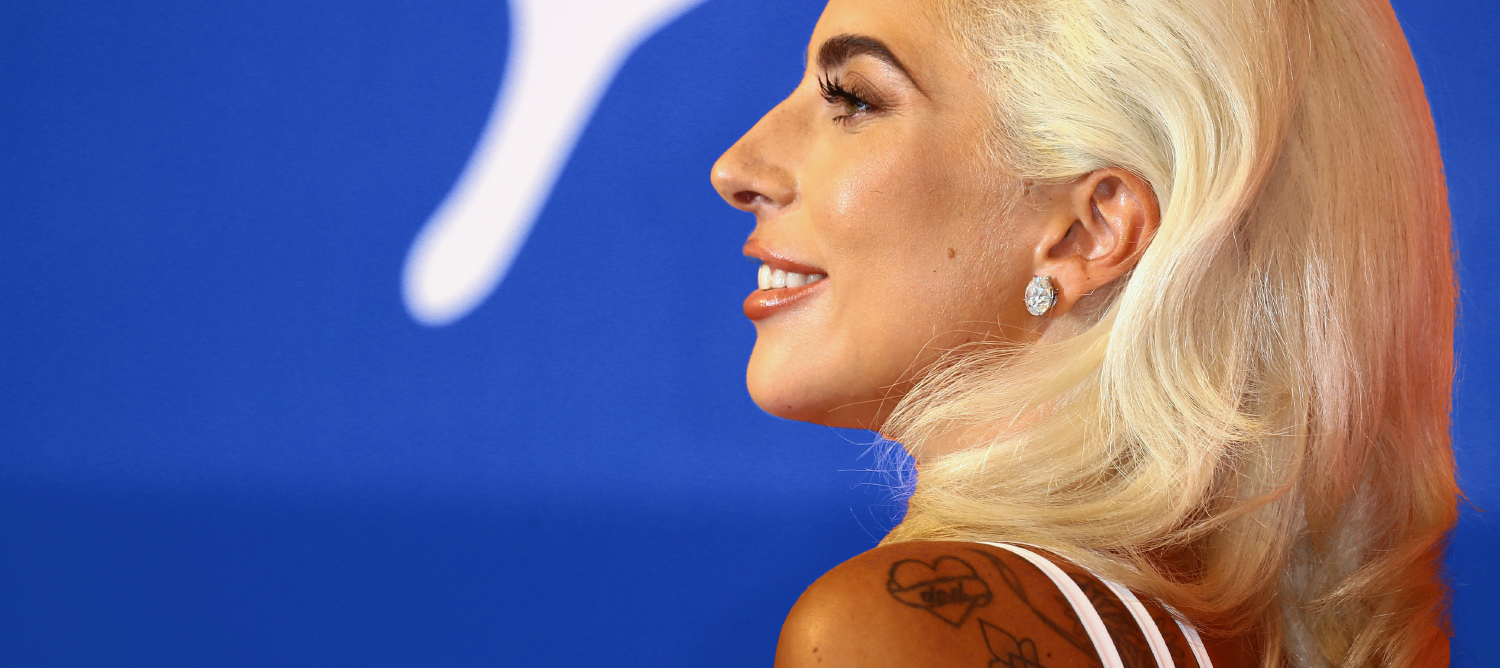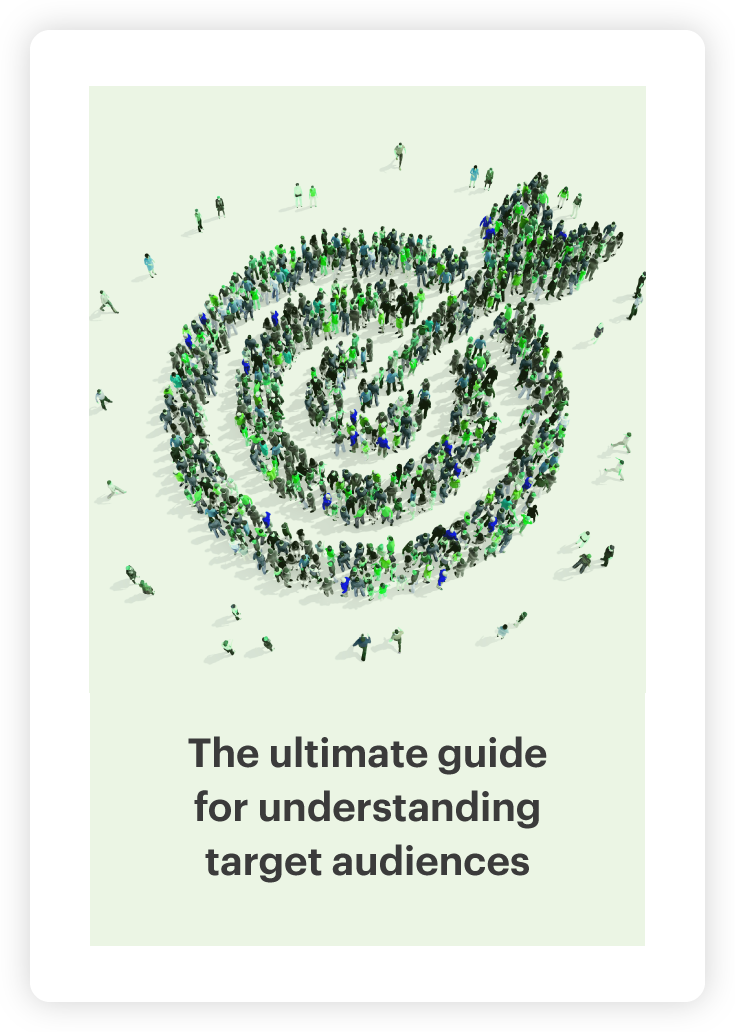Understanding how Gen Z responds to celebrity product partnerships

If you found yourself in niche corners of the internet last month, you might’ve seen a lot of conversation around Lady Gaga’s partnership with Oreo. Fans went crazy for the limited edition pink and green treat, snatching up boxes by the dozen (and even reselling the empty packaging online).
Much of the excitement surrounding the product was found on the Gen Z app of choice TikTok, and to understand this unique response from Gen Z, we compared social media conversations about the launch, from those born before and after 1997.
Relative Insight utilizes the power of comparison to look beyond the frequency of words, weeding out common language to reveal the unique linguistic tendencies of two separate demographics. This method will help us to uncover the differences between Gen Z and previous generations, leading to understanding how to create specific marketing communications to resonate with the target audience.
Gen Z
Younger consumers were more likely than anyone else to be disappointed with their purchase, but this didn’t stop them buying it. Our analysis found increased use of words like hate, bad and nasty when they talked about the taste of the cookie. Some consumers were ambivalent to the new product, calling it just another normal or regular Oreo.

While Gen Z had significantly more negative opinions overall concerning flavor, they actually had more positive things to say about the concept of the Chromatica Oreo. They were more likely to categorize the cookie as good and describe the appearance of the cookie and packaging with positive language, which is interesting because in this case it wasn’t what the cookie tasted like that mattered, rather what it looked like.
We also saw a stronger desire from Gen Z to want purchase the item, using words like want and wanna to relay their ‘genuine need’ for the Oreo. Desire to purchase was also observed through the use of the word get.
Gen Z consumers were more likely to announce their intent to purchase the product, which helps to explain how this cookie almost broke the internet.

Gen Z consumers used informal language such as spoken interjections and abbreviated words on social media. They were more likely to use words like woo and uhh in addition to shortened and abbreviated words like bc, rn and plz.
Pre-Gen Z
Those born before Gen Z looked beyond visuals and packaging to discuss the actual taste of the cookie, using words like flavor and taste. Millennial consumers were more likely to formally review the Oreo on YouTube rather than TikTok.
Much of the hype surrounding the Chromatica Oreo came from the LGBTQ community, and millennial generations referenced this association with queer consumers by using the word fruity. From the pre-Gen Z generation, we saw an increased conversation around the topic of money, and where consumers discussed the amount of money Oreo and Gaga have likely brought in since the product launch.
Finally, consumers born before Gen Z were significantly more likely to use hashtags like #chromatica and #ladygagaoreos when discussing the topic. This implies not only a desire from them to have their opinions seen and included in the larger conversation of the topic, but also shows how younger people have seemingly moved on from any perceived value a hashtag gives.

It is crucial for a brand to speak the language of its consumers and craft communications that resonate with the target audience. As Gen Z continues to enter the consumer landscape, we discover more and more about their preferences and opinions.
Sign up to attend our upcoming webinar event “Are you passing the vibe check? How to talk to Gen Z” – if you can’t make it, register anyway and we’ll send you the recording.
Book a demo with us to learn how Relative Insight can help your brand communicate to new audiences and demographics.

